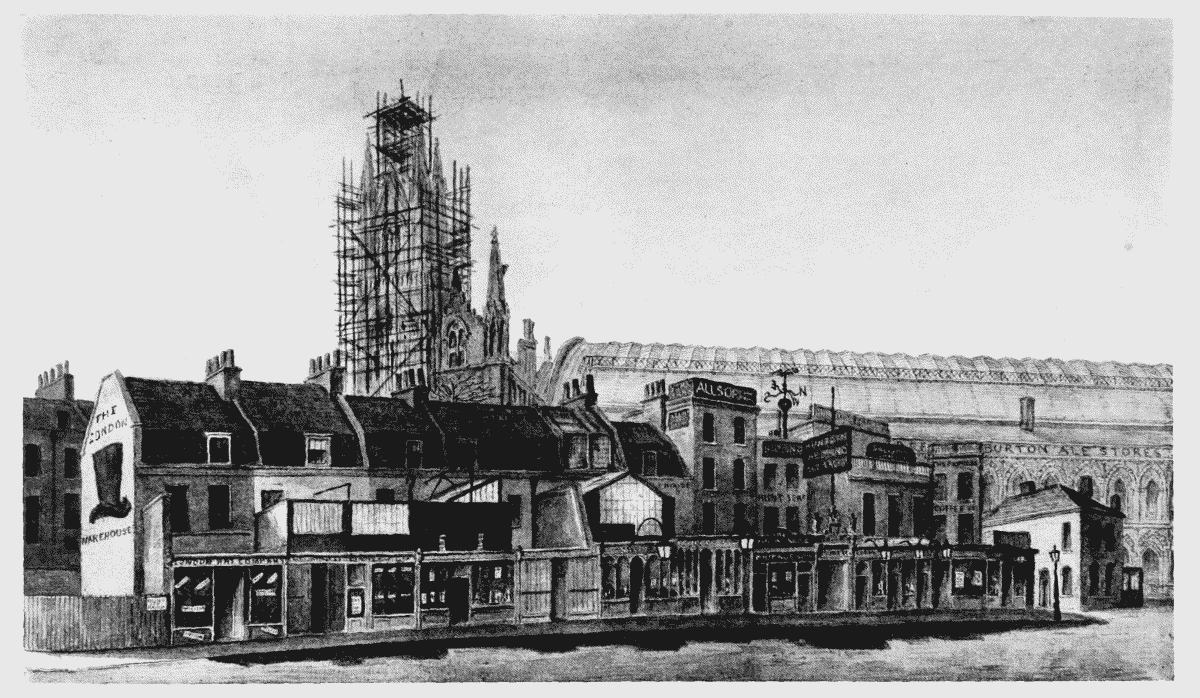A Rare Interest in Corpses by Ann Granger
Headline
Pp. 410
Marketed in some territories as The Companion, this is the first novel
in what becomes a historical crime series set in Victorian London. After her
father’s death in 1864, the penniless Elizabeth (Lizzie) Martin takes up a
position as companion to Mrs Parry, her god-father’s wealthy widow, only to
find that her predecessor, Madeleine Hexham, who had supposedly run off with an
unknown man, is dead (and pregnant). Madeleine’s body is discovered in the
recently-demolished slums around the prestigious new railway station at St
Pancras, and Inspector Benjamin Ross is in charge of the investigation. Lizzie
realises that she knows Ross from her childhood (her father sponsored his
education) and that ‘Aunt’ Parry, as she is encouraged to call her, was a
landlord for the housing development, causing several elements to build up into
a classic detective mystery.
Through the use of alternating
chapters between Lizzie and Ross, we are drip-fed information about the
developments and social mores of the times, ranging from scientific progress to
insights into the working of and attitudes to the police force, and personal
relationships.
London is changing and the era is
one of rapid development: the capitalist society dictates the rich will get
richer while the poor are further oppressed. Mr Fletcher runs the construction
company which is building the station on the grounds of the housing Mrs Parry
sold to the railway for development. He doesn’t want the police involved on his
worksite, because people are fascinated when a body is found. Mrs Parry is
equally uncomfortable. “No one wants to be known as a slum landlord and after
Madeleine’s body was found there, she liked even less the idea that people
would associate her with the place.”
 |
| St Pancras Station in the course of building (1871) |
Morals and attitudes to women are
also questioned. The supposedly religious and upstanding Dr Tibbett expresses
his conservative reactionary views to Lizzie in a manner that demonstrates the
constraints within which she must work. “I am sorry to say I find increasingly
that there is a type of modern young woman who fancies she may speak as freely
as a man. I am an old-fashioned fellow who believes that woman is the greatest
ornament to her sex when she realises the boundaries Nature has set for her.” He,
and others, blame female victims when they are exploited and abused. “We did
not know the circumstances of Madeleine’s death. Whatever Tibbett had to say it
would amount to declaring that it was all her own fault.”
This is a world in which class
distinctions are rife and supremely hierarchical. Inspector Ross comes from
mining stock and has risen through the ranks; his superiors dislike him because
he is working class. He notes that the social strata extends to the upstairs/
downstairs milieu of the masters and servants. “I reflected that below stairs
there existed a world which, in true Darwinian fashion, had evolved quite
differently to society above. Had the great naturalist set himself to study it,
he might have found as much of interest there as he had in Terra del Fuego.” Although
this is the first in the series about Benjamin Ross and Elizabeth Martin, it is
evident that there will be more, and that Lizzie and Ben will end up together;
they are both honest and self-aware with a strong moral backbone.
The
novel is full of the classic features of the Victorian detective drama. The
dim-witted Dunn (Ross’s superior officer) struggles to solve the mystery,
announcing, “This is turning into a dashed complicated business, regular
cat’s-cradle of possible motives.” There is a dressing table with a hidden
drawer in which Lizzie conveniently finds a diary written by the dead woman. Thick
Victorian fogs made of coal fire smoke and freezing atmospheric conditions add
to the ambience and there is even a standard chase through the pea-souper. It
is satisfying without being too demanding and a thoroughly enjoyable addition
to the genre. |
| George du Maurier cartoon in Punch, 1889 |








